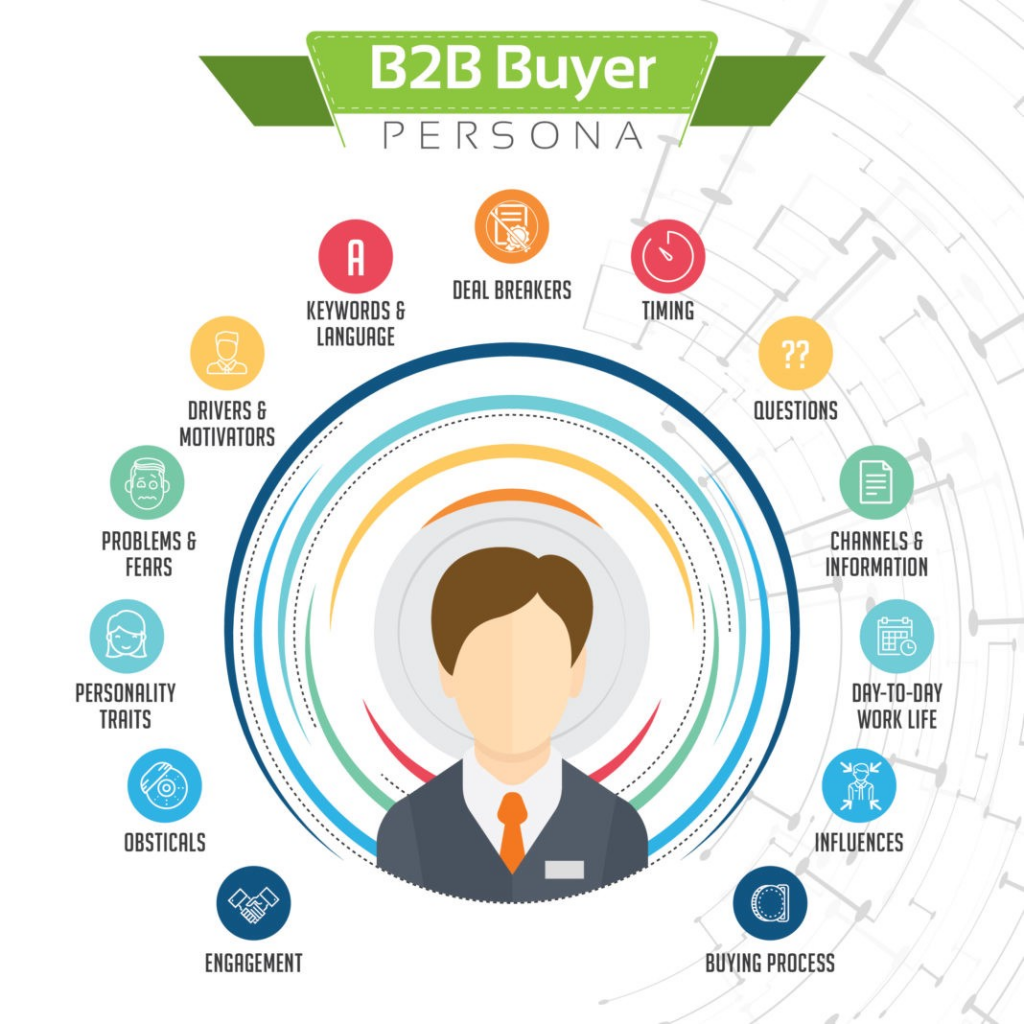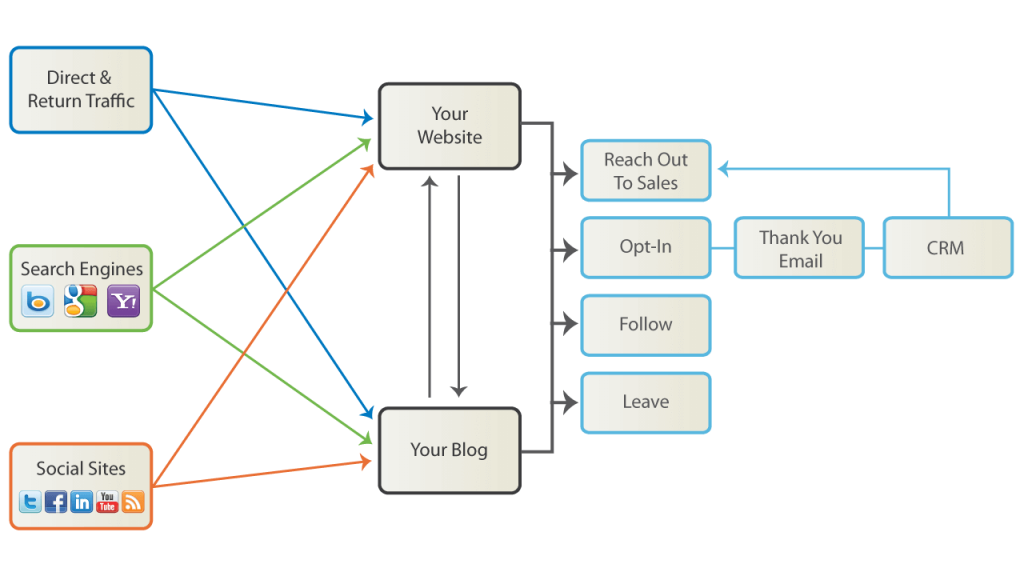5 B2B Best Practices to Get More Website Leads
https://ift.tt/2y5zwHW

When it comes to B2B lead generation, what impacts the most?
Many B2B business houses tend to spend a lot of time, pouring water into leaky buckets. Rather than fixing the bucket i.e. the marketing funnel, they pour more water i.e. traffic into the bucket to keep it to the brim. This tendency leads to inflated acquisition costs and below-average results in terms of generating leads.
Landing pages are most crucial, particularly- the forms. Forms separate your leads from non-leads. Structures on your website indicate on your conversion rates and overall lead generation results.
Let’s say around 1000 people visit your landing page, maybe about 1% tends to convert. The fundamental reason is that most people tend to procrastinate, some feel that they will convert late, and some tend to find a different alternative. So what is to be done now? An urgency arises, in such a situation to turn at the moment. Here comes the main gameplay of optimizing your website for conversion. It is an ongoing process. There is always a next step you can take to bring in more leads and make that 1% go up the chart.
You must be feeling a dire need to optimize your website for lead generation. Questions might arise in your mind like how do I improve my landing page? What strategies should I follow? How to get more website leads?
Exclusively for you, we are covering website lead generation best practices that will help experienced business owners to take the next step in optimizing their website for lead generation and conversion, Let’s begin!

A website is one of the most potent tools most business owners possess when it comes to generating leads.
- All potential new leads should be brought back to your website aka remarketing
- When a person visits your website, there are several ways in which you can get them to convert i.e. (content marketing, email marketing, lead nurturing, Social media marketing)
Map Your Customer Journey and Website Flow
It is evident that when a person visits your website’s homepage, it needs more than some kind of action in order to convert and become a lead. If each step is not transparent, it becomes hard for visitors to convert.
A clear path needs to be set for visitors to follow through the website to convert from just leads to buyers. The more, the merrier is the motto. It means that the website must draw more traffic and every page of your website has to correspond to the ideal customer journey that you want visitors and leads to follow.
Every website and growth agency lead generation efforts start and end with that path, implying that every web page you create has to serve as a specific stepping stone toward conversion.
Every step should build a bridge towards the next step.
One of the ways to approach this outlook can be using Google Analytics Behavior Flow and filter for website visitors who become your best leads and best customers. It indicates which pages target audience visited along the way and help you identify where in the journey potential leads who did not convert fall off.

Build One Landing Page for One Persona (Buyer)
One of the biggest mistakes that most B2B business houses make with their website is that they use the same content to attract different segments of their customer base. If you create a landing page designed to convert all of your buyer personas, chances are, it will not be so effective since every buyer has a different opinion, mindset and preference.
It is therefore needed to create multiple landing pages –
“one for each of your buyer personas“
Let’s say you create a landing page exclusive that addresses the pain points of your audience, and another landing page for your visitors who visits due to interest, create one landing page for end-users focusing on your product and a separate landing page for their managers, so on and so forth.
Breaking out separate landing pages in that way, can get even more target audience and is effective to bring in “quality leads“

Send a Consistent Message All Over Your Digital Presence
The message you are sending to your target audience, if inconsistent, creates a mismatch in their expectations. If your website does not do what it promises its target audience, then it leads to
- High exit rate of the visitors
- Lower conversion rate
- Poor user experience
Issues like High exit rate, high bounce rates, and low session durations can also negative effect.
According to Google, “the experience you offer affects your Ad Rank and therefore your CPC and position in the ad auction.”
The solution to these problems is to ensure everything that leads visitors to a given page of your website sends the same message and sets the same expectations.
Example –
- Your advertisement copy – paid social media ads, display PPC ads, Google Ads, etc.
- Your SEO, meta title and meta description
- Social media posts
Get Your Capture Form Right
If you want to convert website visitors into leads, then you need to have some kind of capture form included in your website design. That is “Basic Marketing 101“.
To generate better-qualified leads, you will need to take it a step further and optimize your capture form for not only your unique audience but also for your business.
The best method is to offer something your audience deems valuable in exchange for their information. Basic -” helps them solve a problem” like a 30-minute consultant call or a quick chat.
Balance the type and amount of information you gather (like phone numbers and other contact information) with that perceived value. The more value your visitors expect to get from you, the more information they will be willing to hand over.
Conversion optimization activities, optimizing your form’s Call To Action and submit buttons also falls under this best practice along with a combination of placement, web design, and A/B testing.
Use Retargeting to Capture (Who Didn’t Convert)
No matter how consistent and compelling your website might be, there will always be visitors who fit the persona of your best leads but still do not convert – the worst part of digital marketing. It does not imply that those potential customers disappear and they cannot be converted. This is where “ Remarketing “ makes its marks.
The biggest disadvantage of retargeting advertisements only target one individual, and most of the times that do not work for B2B businesses. You need to find tools that will allow you to target retargeting advertisements to an entire business/organisation. For this, it is recommended to use website visitor identification software along with some retargeting tools that focus on B2B.

Conclusion
Majority of website visits end without conversion, but there is always something more you can do to get more qualified companies to convert into leads. With the best practices above, you can take it to the next step and start generating more and more qualified website leads and increase your business profitability. Experiment with them to see exactly what works for you. Test the methods that convert the most, test the lead magnets that will convert best. Keep testing until you find what works best for your target audience and this helps you acquire more leads, make more sales. Tell us what do you feel?
via Noupe https://www.noupe.com
April 9, 2020 at 10:00AM